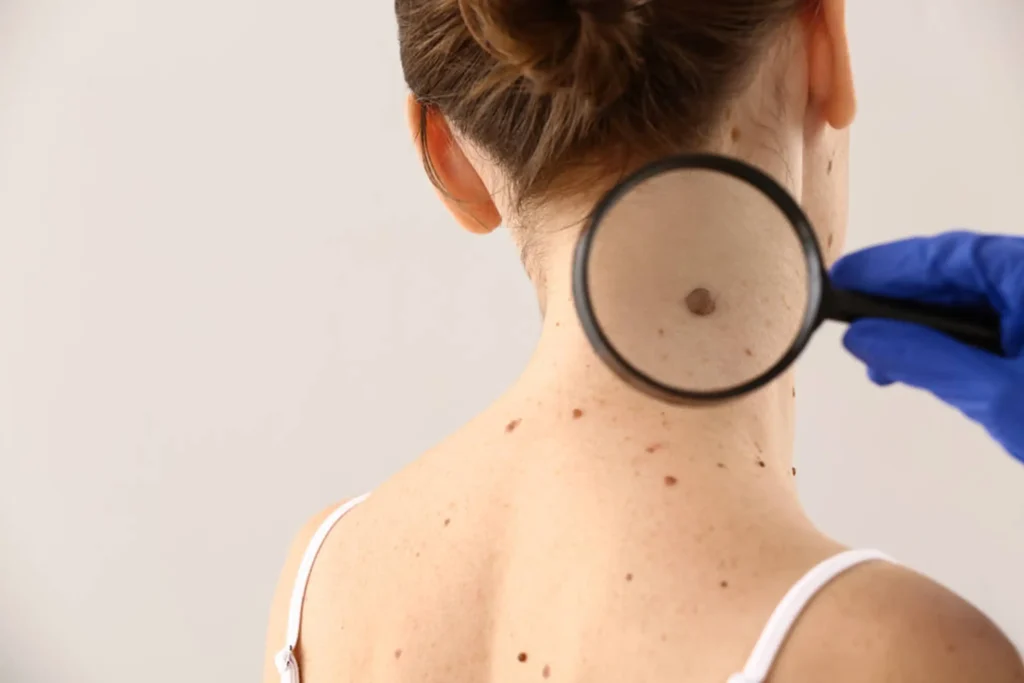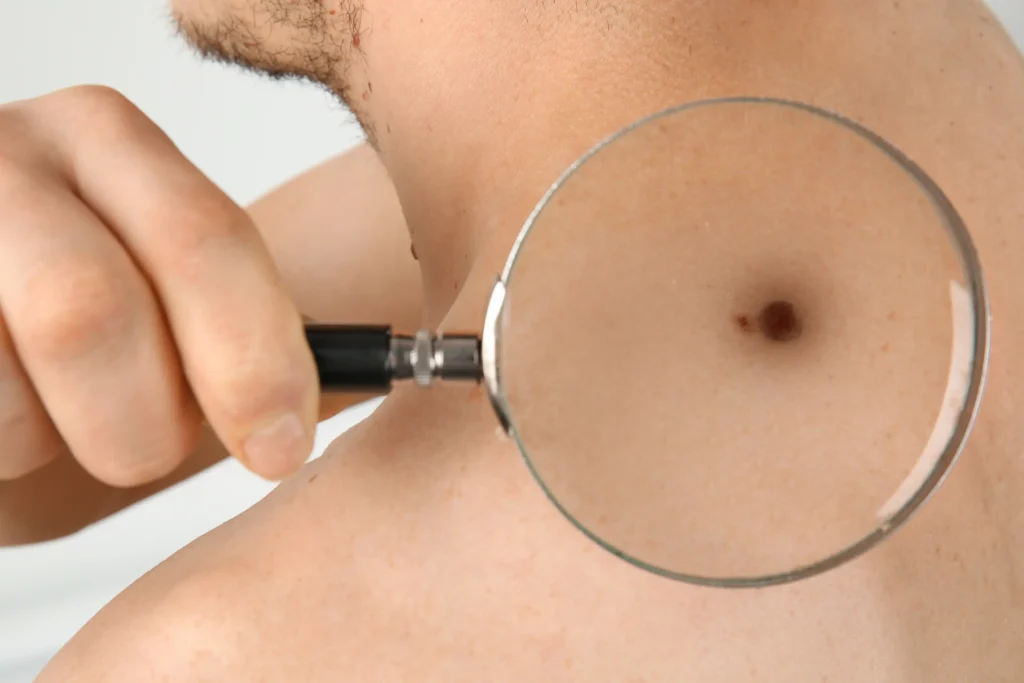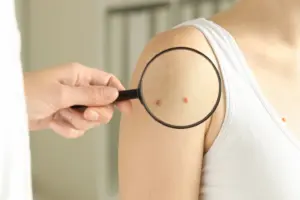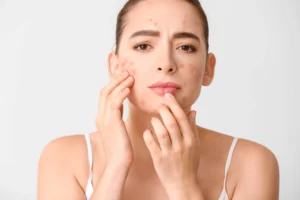
Skin cancer warning signs: While hearing the word ‘cancer’ can be frightening, there is a positive aspect: skin cancer is one of the easiest cancers to detect early, provided you are aware of the signs. The skin often sends out visible warnings long before the disease becomes serious, making awareness the first line of defence.
What is skin cancer?
Skin cancer arises from the uncontrollable growth of skin cells. Although prolonged sun exposure and tanning are the most common triggers, it can also manifest in areas that receive little sunlight. It’s among the most common forms of cancer worldwide, but the encouraging news is that when detected early, treatment is often straightforward and highly effective.
Also Read | How to build a healthy skincare routine that actually works
Types of skin cancer
Basal cell carcinoma is among the most common types of skin cancers. It usually appears on your face, neck or in areas with a lot of sun exposure. It grows slowly and rarely spreads. Melanoma is less common but more dangerous. It can appear anywhere, even under your nails or between your toes. It can spread to other parts of your body if not treated quickly.
Skin cancer warning signs you should never ignore
Monitoring your skin is one of the most effective methods to safeguard yourself against skin cancer. A new mole, a spot that looks unusual, or something that changes quickly should never be ignored, especially if you’re over 30 and suddenly notice a new growth.
Most moles are harmless, but any change in their size, shape, colour, or border can be a warning sign for melanoma, the most serious type of skin cancer. Another red flag is a sore that refuses to heal. Unlike a regular pimple or scratch, which usually clears up within weeks, a persistent wound could signal basal cell carcinoma.

Skin cancers also show up as rough, scaly patches, often reddish or pink, which may feel dry or crusty. These are common signs of squamous cell carcinoma and often appear on areas like the ears, lips, or the backs of the hands. In rare cases, a dark line or streak under the fingernail or toenail, known as subungual melanoma, can develop. Although subungual melanoma is uncommon, it is particularly dangerous because it is often overlooked.
Can you prevent skin cancer?
Yes, there is a lot you can do to lower your risk of cancer. Applying sunscreen daily, wearing protective clothing, avoiding tanning beds, and avoiding direct sun exposure during peak hours (10 a.m. to 4 p.m.) are effective ways to protect yourself from harmful UV rays.
Also Read | Could brittle nails signal a lack of vitamins or minerals?
Skin cancer may be one of the most common cancers, but it’s also one of the most treatable when caught early. Knowing your skin, paying attention to changes, and seeking medical advice if something looks or feels wrong can truly make all the difference.








